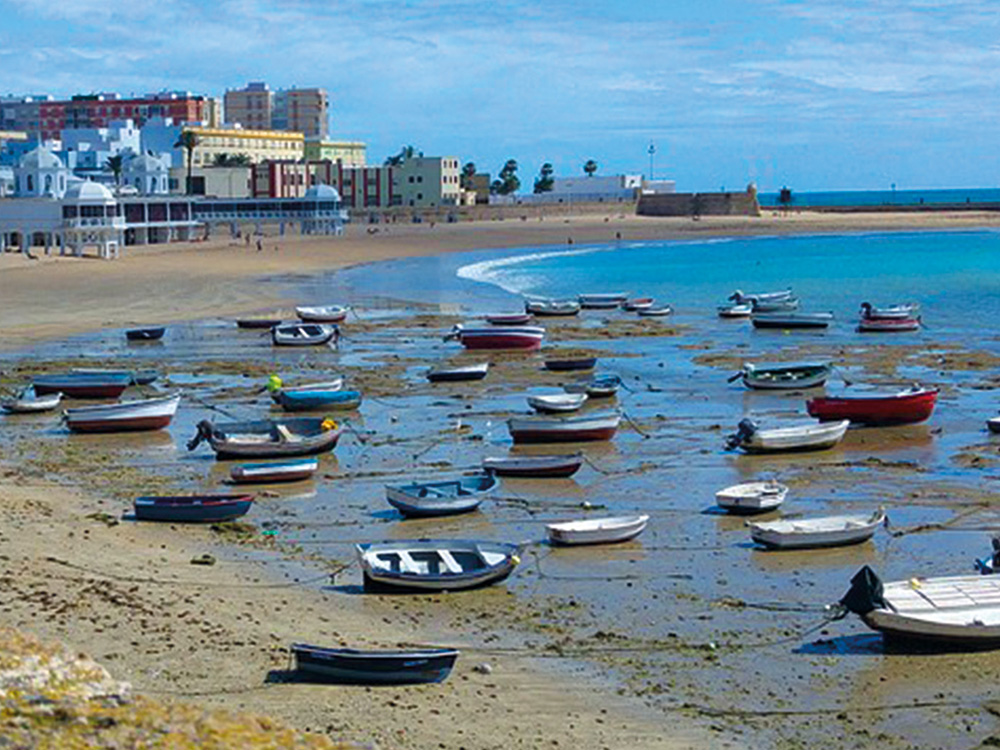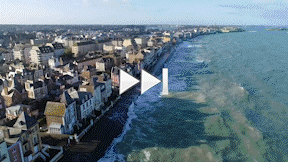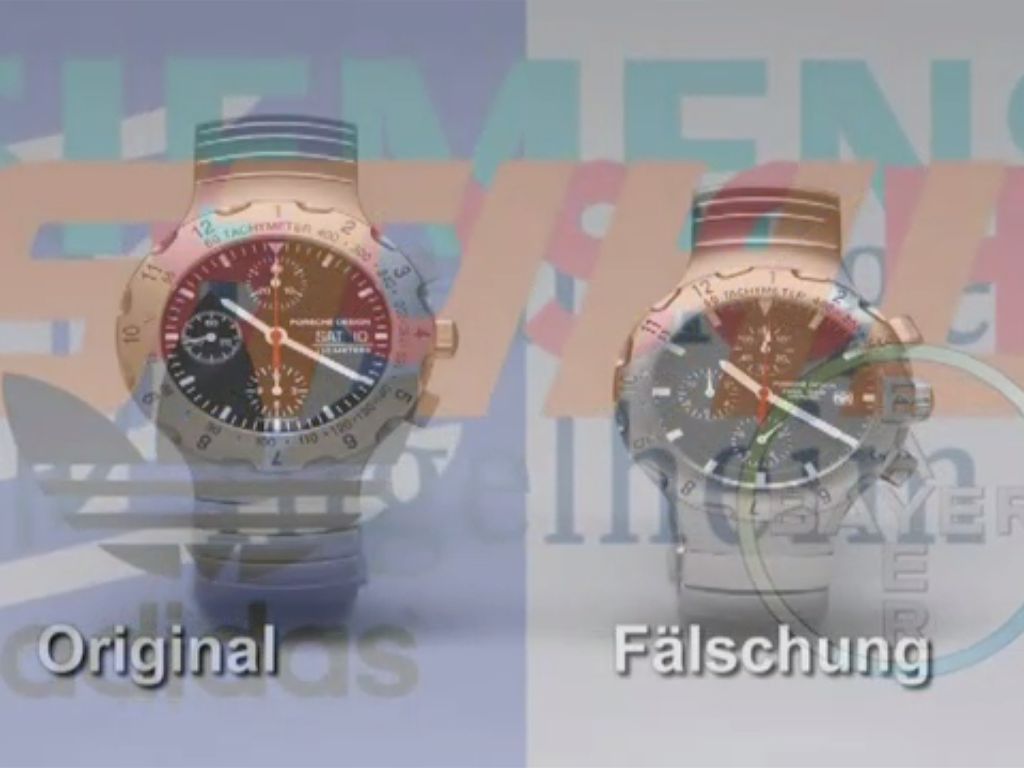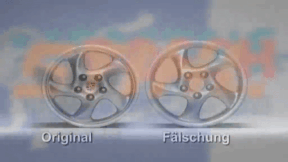 Biology
Biology
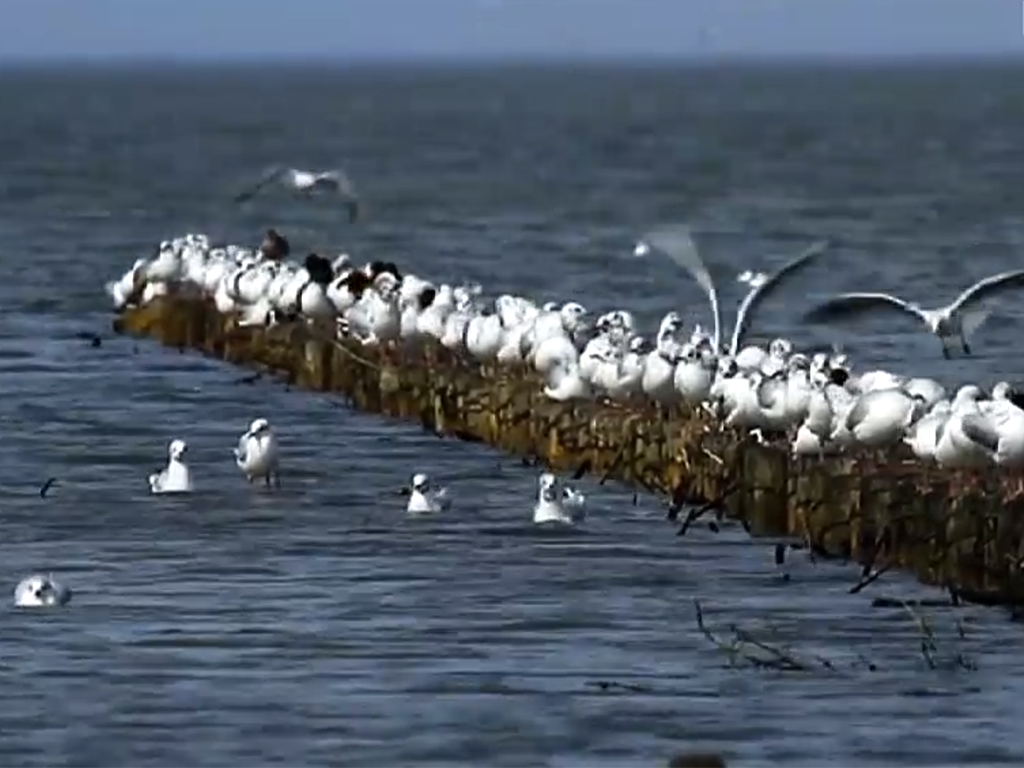

4667666 / 5558925
Wadden Sea
Habitat between Ebb and Flow
Wadden Seas are parts of seas or landscapes on the coast respectively. Characteristic of these landscapes is that Wadden Seas are particularly exposed to the tides. There are many Wadden Seas in the temperate zones all over the world. The sea accessible by wading is usually flooded twice a day during high tide. The areas drying out at low tide are called mudflats. The habitat is susceptible to pollutions, in particular to those caused by man. We deal with the natural landscape between the Dutch Den Helder and the Ho Bay in Denmark that covers 10,000 square kilometres in total. The Wadden Sea along the North Sea: National Park, UNESCO World Heritage natural site and the largest contiguous area of mudflats in the world. The North Sea coast is wilderness on the one hand, work of man on the other hand.
Play trailer
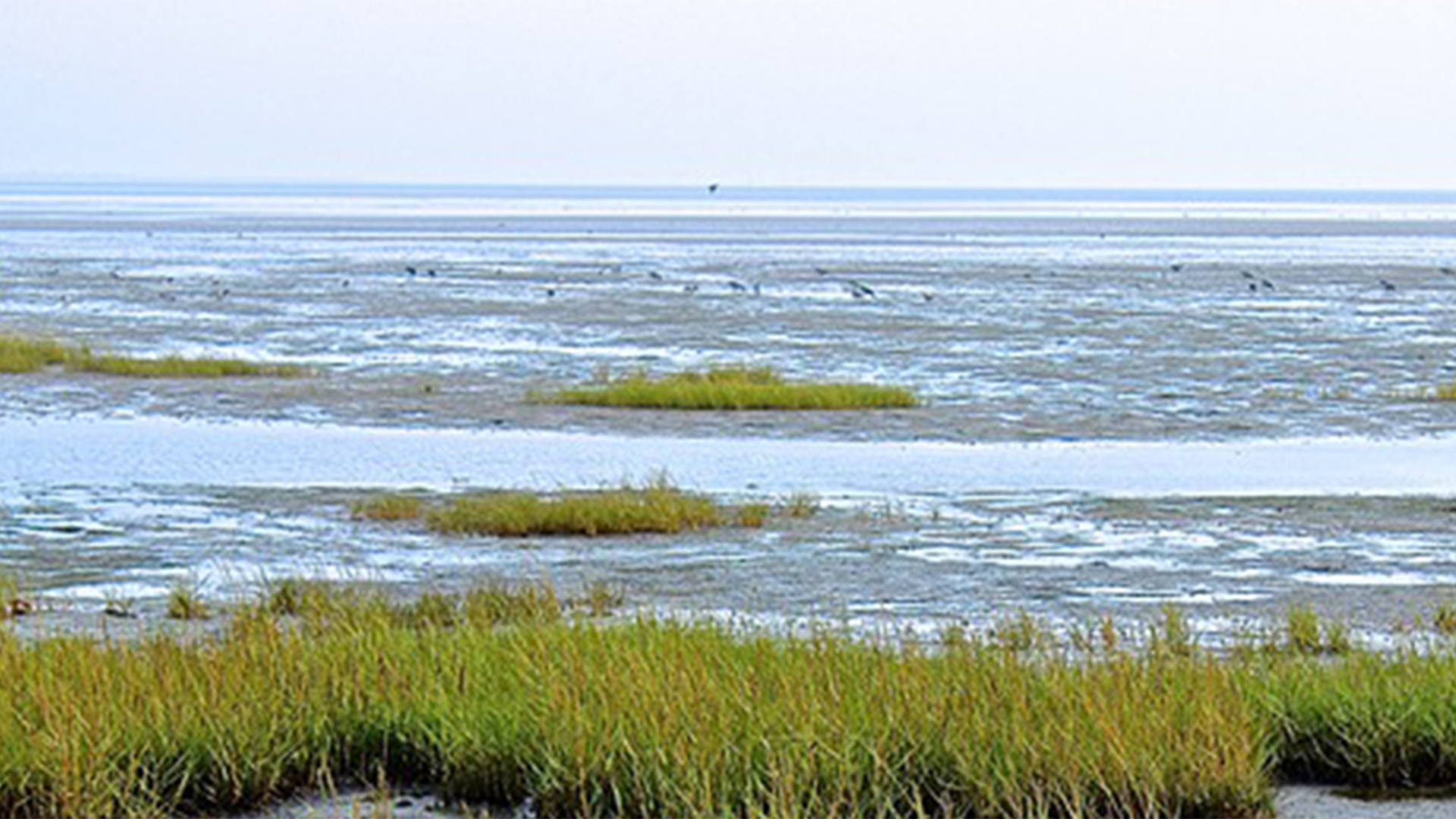
Curriculum-centred and oriented towards educational standards
Matching
Gezeiten
Ebbe und Flut – das faszinierende Auf und Ab der Meere – prägen seit jeher das Leben an den Küsten und erzählen von der unsichtbaren Kraft des Universums.
Product Piracy
Counterfeiting takes place in almost all economic sectors – textiles, watches, car parts, machine parts, tools, accessories, software and medicines. Some counterfeits are easy to recognise, others are so well-executed that even experts have difficulty distinguishing between original and imitation. This DVD covers the development of a product from idea to manufacture. Once a product has become a trademark, product pirates appear on the scene.




